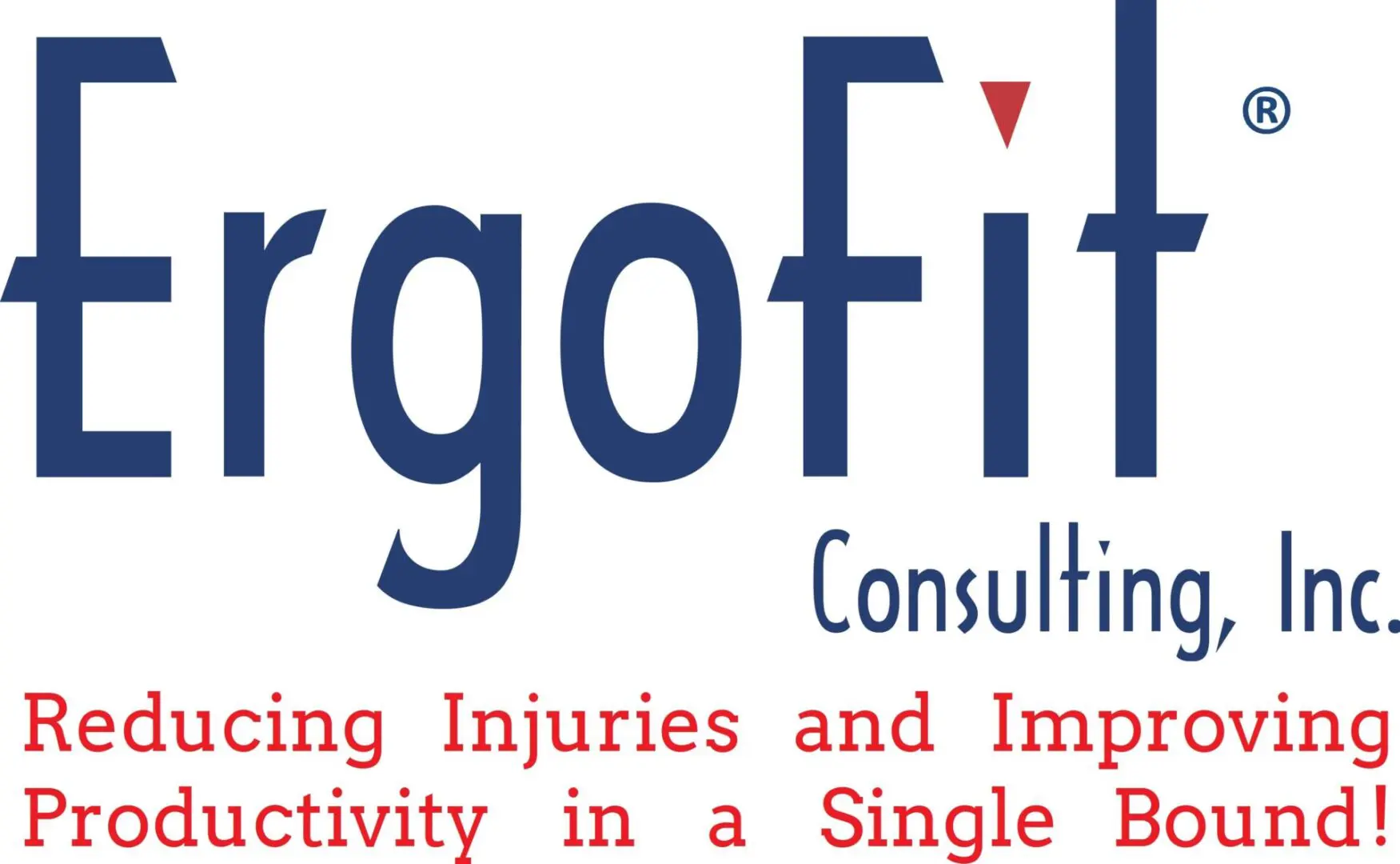
Warehouse Improvement Ideas: How to Increase Productivity
In the fast-paced world of logistics and supply chain management, warehouse productivity is not just a goal; it’s a necessity. With increasing demands from consumers and the constant push for efficiency, warehouses worldwide are seeking innovative strategies to enhance their operations. From implementing lean practices to embracing cutting-edge technologies, the quest for improved productivity touches every aspect of warehouse management. This article delves into key strategies and practices that can transform warehouse operations, elevating efficiency, and ensuring that these crucial hubs in the supply chain meet the challenges of today’s market.
What Strategies Can Be Implemented to Streamline Warehouse Processes and Boost Productivity?
Streamlining warehouse processes is a pivotal strategy in boosting productivity. Implementing lean warehouse practices involves minimizing waste and maximizing value at every operational level. Key strategies include optimizing the warehouse layout for more efficient movement, improving inventory handling processes (like reducing the weight of and the pace of manual material handling), and adopting just-in-time inventory practices to reduce excess stock. Another crucial aspect is employee training, ensuring that each team member is well-versed in the most efficient techniques for their roles – but staying below the risk thresholds for injury. As you know, there are new ergonomic laws regulating ergonomics in warehouses in Washington state, Minnesota, and California – with more likely to come. By refining these areas, warehouses can significantly improve throughput and reduce costs, leading to a more productive operation.
Moreover, simplifying and automating processes where possible can lead to substantial gains in productivity. For example, integrating barcode or RFID scanning can speed up inventory processing, while automated sorting systems can reduce manual sorting times. These strategies not only save time but also decrease the likelihood of errors, contributing to a smoother, more efficient warehouse workflow.
Unlock the potential of your warehouse with ergonomic improvements that boost productivity – contact ErgoFit Consulting for customized solutions.
Are There Specific Inventory Management Practices That Contribute to Increased Productivity?
Effective inventory management is a key component of a productive warehouse. Organizing inventory efficiently involves implementing strategic methods like product categorization, effective putaway strategies, and utilizing sophisticated warehouse management systems. These systems provide real-time inventory tracking and automated reordering, reducing the likelihood of overstocking or stockouts. The ABC analysis method is particularly effective in inventory management. It categorizes items into three groups based on their sales volume and profitability, allowing for more focused inventory control and efficient resource allocation.
Another critical inventory management practice is the regular auditing and optimization of inventory levels. This involves periodically reviewing inventory to identify slow-moving items and optimizing stock levels based on demand patterns. By doing so, warehouses can reduce carrying costs, improve space utilization, and ensure that high-demand items are always available, thereby increasing overall operational efficiency.
Related Link: 3 Ways to Easily Improve Your Warehouse
What Role Does Employee Training and Engagement Play in Warehouse Improvement?
Employee training and engagement are fundamental in driving warehouse improvement. Comprehensive training programs ensure that staff members are proficient in the latest warehouse operations and technologies. Training should cover essential areas such as safety protocols, inventory management, and the use of warehouse equipment and software. A well-trained workforce is more efficient, makes fewer errors, and can adapt quickly to new procedures or technologies.
Engagement is equally important, as engaged employees are more likely to be invested in their work and the success of the warehouse. Regular feedback sessions, opportunities for professional development, and recognition of achievements can foster a more engaged and productive workforce. Additionally, involving employees in process improvement initiatives can provide valuable insights and promote a culture of continuous improvement.
Our ergonomic assessments always include employee participation, where we look for both risk and improvement ideas.
How Can Regular Assessments and Data Analysis Lead To Continuous Improvement in Warehouse Operations?
Regular assessments and data analysis are vital for continuous improvement in warehouse operations. By consistently evaluating processes and performance metrics, warehouses can identify inefficiencies and areas for improvement. Key performance indicators (KPIs) such as order accuracy, inventory turnover, and picking efficiency can provide a clear picture of how well the warehouse is functioning. Picking rates and ergonomic assessments can also reveal risk to employees and the operation. Regular audits of the employees, warehouse layout, equipment, and workflows can also uncover opportunities for optimization.
By analyzing trends and patterns in operational data and injuries or near miss reports, warehouses can make informed decisions about process changes, technology investments, and workforce management. This ongoing cycle of assessment and analysis ensures that warehouses can continuously adapt and improve, staying ahead in a dynamic and competitive industry.
Related Link: Five Tips To Increase Productivity In The Workplace
ErgoFit Consulting: Elevating Warehouse Productivity through Ergonomics
In the realm of enhancing warehouse productivity, ErgoFit Consulting emerges as a pivotal ally. With our strategic vision geared towards leading high-caliber employers to best ergonomic practices, we specialize in supporting the transformation of work environments. Our approach, blending lean ergonomics with facility and workflow design, perfectly aligns with the needs of modern warehouse operations. Our team, armed with expertise in ergonomics, wellness, rehab, biomechanics, and design, can swiftly and effectively help organizations meet their warehouse requirements.
This unique blend of expertise is designed not only to prevent injuries but also to boost employee health, performance, and productivity. Whether it’s through physical design consultation or the implementation of ergonomic improvements and strategies, ErgoFit Consulting offers tailored solutions that integrate seamlessly into an organization’s culture and processes, ultimately paving the way for a more efficient, productive, and safe warehouse environment.
Elevate efficiency and safety in your warehouse with expert ergonomic strategies – ErgoFit Consulting is ready to assist, reach out to us today for a consultation.
The Path to a More Productive Warehouse
Increasing productivity in warehouse operations is a multifaceted endeavor that requires a strategic blend of good operator-equipment design, efficient processes, efficient workers, advanced technology, effective inventory management, continuous employee training, and regular performance assessments. By adopting these practices, warehouses can not only keep pace with the evolving demands of the logistics industry but also set new standards for operational excellence and ESG. As warehouses continue to evolve, the implementation of these strategies will be pivotal in driving success and sustainability in the ever-changing landscape of supply chain management. The journey to a more productive warehouse is ongoing, and those who embrace these innovative ideas are set to lead the way.
Related Link: How Warehousing is Getting Smarter
